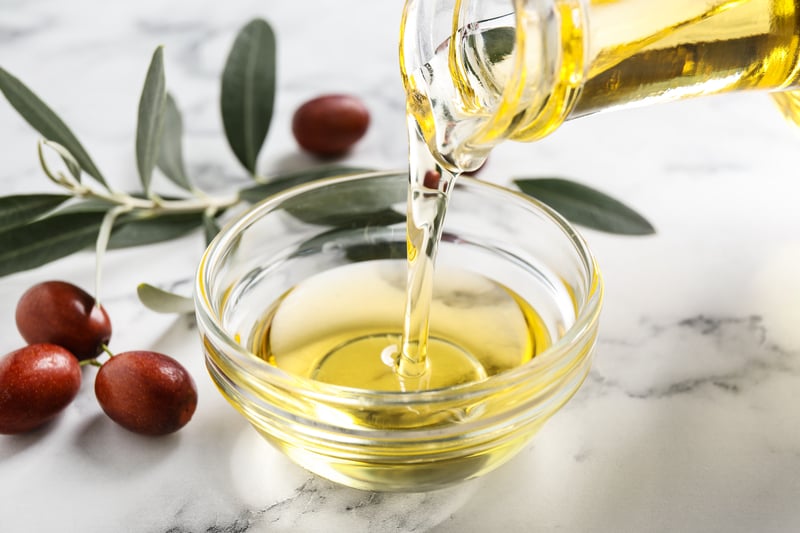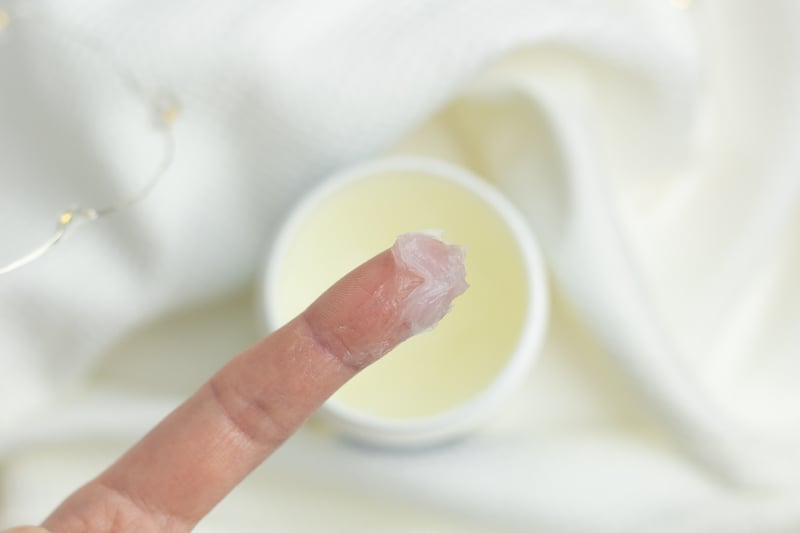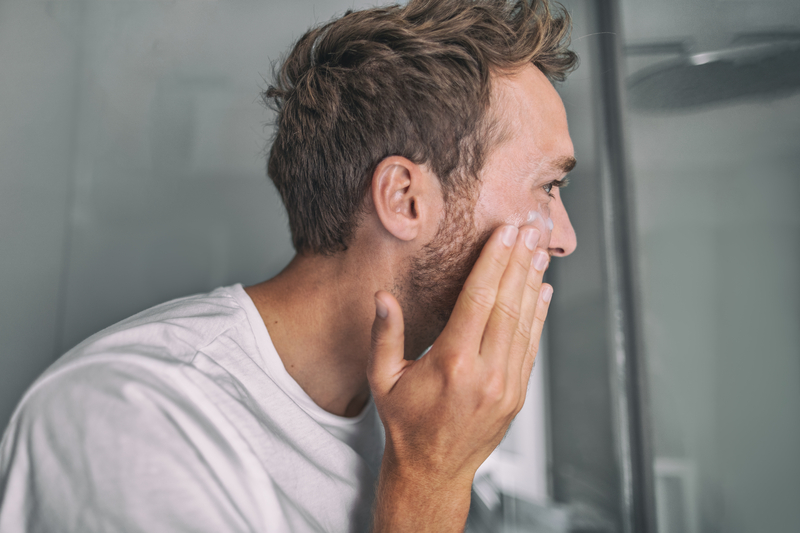Slugging, Slicking, or Slathering: What’s the Best Way to Hydrate Skin

Ensuring your skin stays hydrated is vital when it comes to the overall health and appearance of the body’s largest organ. And today, there are seemingly endless options and trends to help your skin look its best. Three of the most popular include slugging, slicking, or slathering. But they’re not all the best options for every skin type, time of year, or climate.
Why It’s Important to Hydrate the Skin
Keeping the skin hydrated is vital for many reasons. For instance, it helps maintain the integrity of the skin barrier, which then protects against environmental pollutants, bacteria, and other irritants. Hydrated skin is also less likely to become dry, flaky, and uncomfortable. It also retains elasticity better, which can help prevent the premature formation of fine lines and wrinkles. And, of course, hydrated skin looks more youthful, firm, plump, and glowing.
Under the surface, hydration also aids in the natural process of cell turnover. So, new, healthy skin cells are generated to maintain a smooth, radiant completion. Plus, it balances oil production, which helps prevent both excessive oiliness and dryness.
Hydrated skin not only looks better, it’s also less prone to irritation and sensitivity. That means it may better withstand environmental stressors like pollution, UV rays, and harsh weather conditions. The stronger barrier also helps reduce the risk of inflammation and infections.
Hydrated skin even heals more quickly from wounds, cuts, and blemishes since keeping the skin adequately moisturized supports its natural repair process.
Slugging, Slicking, or Slathering?
Because of our growing understanding of the benefits of keeping our skin hydrated, there are many new trends to help deeply moisturize the skin—three of the most popular being slugging, slicking, or slathering.
What Is Slugging?
Slugging involves applying a thick layer of an occlusive product, such as petroleum jelly (Vaseline), Aquaphor healing ointment (with lanolin and glycerin), CeraVe healing ointment (with ceramides and hyaluronic acid), lanolin, or squalane oil. These are usually applied only at night to lock in moisture as you sleep.
Benefits include intense hydration as the occlusive creates a barrier to lock in moisture. So, it can help repair and strengthen the skin barrier, which can be especially beneficial for dry, damaged, or mature skin. It can also help protect the skin from irritants and pollutants.
There are, however, some drawbacks as well. For instance, thick occlusive products can lead to clogged pores for some people. This can cause breakouts, so this method isn’t recommended for people who already have oily or acne-prone skin. It can also feel uncomfortably heavy or greasy for some users.

What Is Slicking?
Slicking involves using natural oils like olive, jojoba, argan, grapeseed, rosehip, or marula to moisturize the skin (and hair). These oils are applied directly to the body. They may be used only at night or during the day to provide hydration and help nourish the skin with vitamins, antioxidants, and essential fatty acids. This can improve the skin’s texture and may support healing.
Unfortunately, some oils can also leave a greasy residue on the skin, which some people find uncomfortable. And some heavier oils can also clog pores or lead to acne, especially for people who already have oily skin. The final issue is that some oils don’t get absorbed well and thus leave an “oil slick” on the skin, as the term slicking alludes to.

What Is Slathering?
Slathering involves applying a generous amount of lotion, cream, or serum over the skin to hydrate and address specific skin conditions. There are countless products available that contain a mix of humectants, emollients, or occlusives. Some are designed to target various skin conditions, such as aging, dryness, or hyperpigmentation. Many are made with clinically studied ingredients to help the skin look younger, firmer, healthier, and more radiant.
Lightweight formulas are available, which absorb more quickly without leaving a greasy or oily residue. They can also be used with other skincare products to enhance skin health, protect against sun damage, or help you feel more beautiful.
It’s important to know what ingredients are found in your lotions or serums before slathering them on, as some ingredients may irritate sensitive skin. High-quality lotions and serums also come at a cost, especially if they’re made with specialized ingredients that are supported by science. Finally, to achieve the best results, most of these products need to be used consistently over several weeks or months.

Each of these methods—slugging, slicking, or slathering—comes with unique pros and cons, so choosing which one is right for you depends on what concerns you’re addressing, your skin type, your personal preference, and even the time of year or the climate you’re in.
Factors to Consider Before Slugging, Slicking, or Slathering
The best method for your skin type may change depending on the time of year and where you live. The season and the climate, as well as your skin type and maturity, are important factors in determining which method is best and when.
Winter or Cold Climates
Slugging appears to be particularly effective in cold, dry weather as it provides a strong barrier and helps prevent the loss of moisture. A heavy layer can help protect the skin from the harsh elements that cause extreme dryness. Slicking can also be beneficial in cold climates, as the oils can provide a nourishing layer to help fight dryness. The oils, however, may not be as effective at preventing the loss of water from the skin.
If you are slathering during winter months, you may want to choose a richer lotion or cream that has occlusive properties to help keep the skin hydrated in harsh, dry conditions. Products that contain hyaluronic acid, glycerin, and ceramides may help ensure your skin retains moisture.
Summer or Warm Climates
On the other hand, as the temperatures rise or humidity spikes, slugging may feel too heavy. It could even lead to clogged pores and breakouts. Choosing to slick with lightweight oils, such as jojoba or grapeseed, may lead to more beneficial results. You will, however, still likely find heavier oils too greasy and they could also cause breakouts.
You can find several lightweight lotions, gels, or serums that hydrate well and absorb quickly, so they avoid leaving a greasy residue. These types of products are ideal for warm-weather or humid conditions.
Dry Skin
If you have very dry skin, you may find slugging to be highly beneficial as it locks in moisture and prevents water loss. The natural oils used in slicking can also provide much-needed hydration and nourishment. However, the type of oil chosen can also make a big difference.
Rich, hydrating creams, lotions, and serums with emollients and humectants provide moisture throughout the day. Many people with dry skin choose to slug or slick at night or in winter months and then slather with an appropriate lotion or serum during the day as well as through the summer.
Oils or Acne-Prone Skin
Slugging and slicking with a heavy oil are typically not recommended as they can clog pores and make acne worse. Instead, choose a lightweight oil like jojoba or an oil-free, non-comedogenic moisturizer or serum, as they can hydrate the skin without clogging pores.
Combination Skin
For folks who have combination skin, you may want to mix and match. For instance, apply an occlusive layer over the dryer areas and use a lotion or serum on areas that tend to be oilier. The same is true of slicking—choose lightweight oils for dry patches, but avoid using them on oil-prone areas.
You may find it more beneficial to choose a lightweight, balanced moisturizer that caters to both dry and oily areas to simplify your skincare routine.
Mature Skin
As we get older, it’s even more important to ensure our skin stays hydrated and that we prevent moisture loss. Slugging can be deeply hydrating and even help minimize the appearance of fine lines. Oils, especially those that are rich in antioxidants and fatty acids, may help nourish the skin and promote elasticity. Finally, many anti-aging creams, lotions, and serums contain retinol, peptides, hyaluronic acid, vitamin C, squalane, etc., that can address specific skin aging concerns, such as dark spots, dullness, sensitivity, or the most visible signs of aging.
The Best Ways to Hydrate the Skin
Considering the options provided above can help you tailor your skincare routine to effectively meet your specific needs and preferences.
Whether you choose to hydrate your skin by slugging, slicking, or slathering, there are other ways to help hydrate the skin. These include drinking plenty of water (keep a bottle of water with you to sip on throughout the day) and avoiding the use of harsh cleaners or soaps that strip away the natural oils found in the skin.
If you live in a dry climate, especially during winter, a humidifier can be beneficial. And don’t forget to protect your skin from sun damage year-round. Use a quality sunscreen daily to provide another layer of protection from UV damage, pollution, and dryness.






